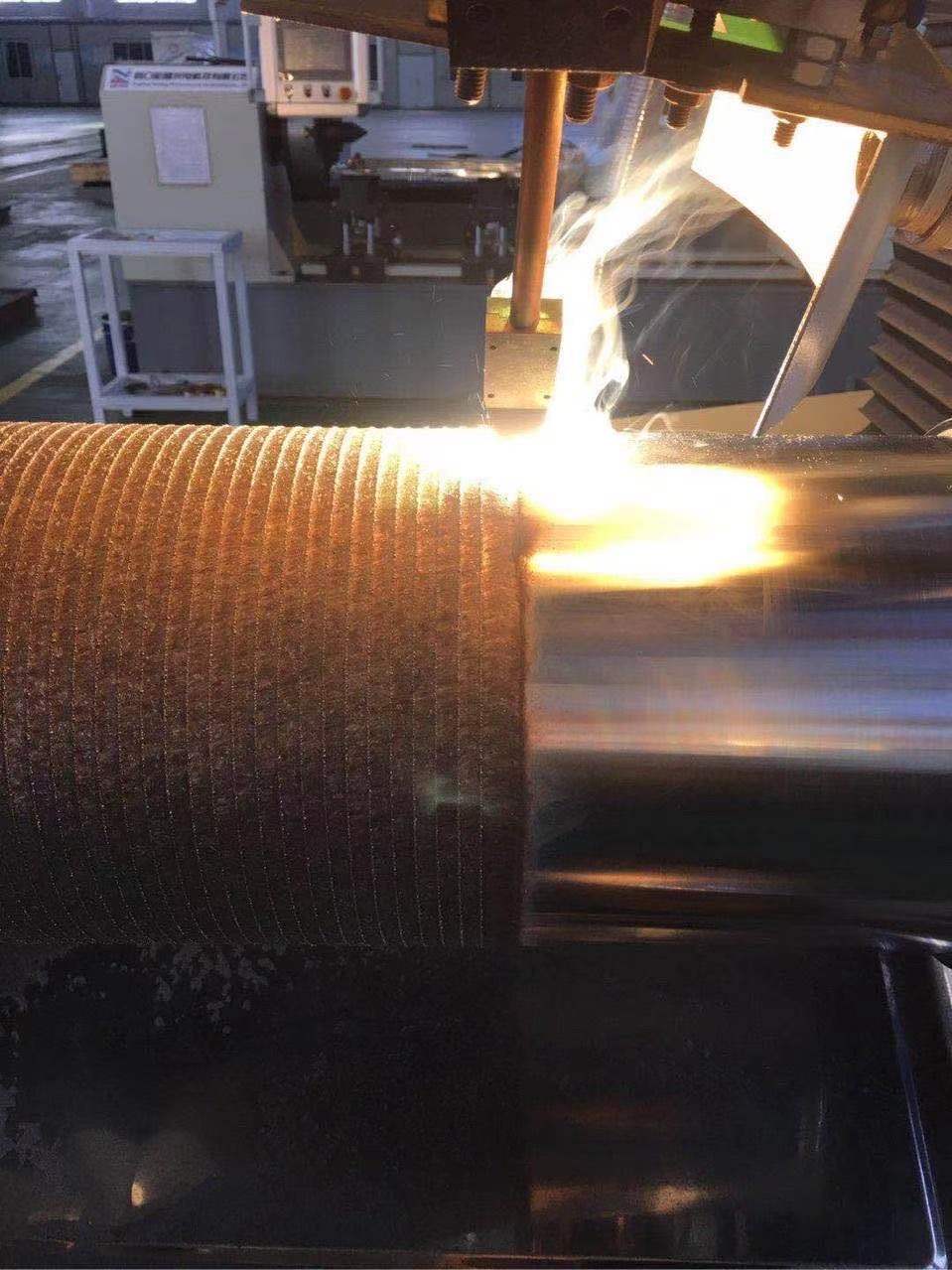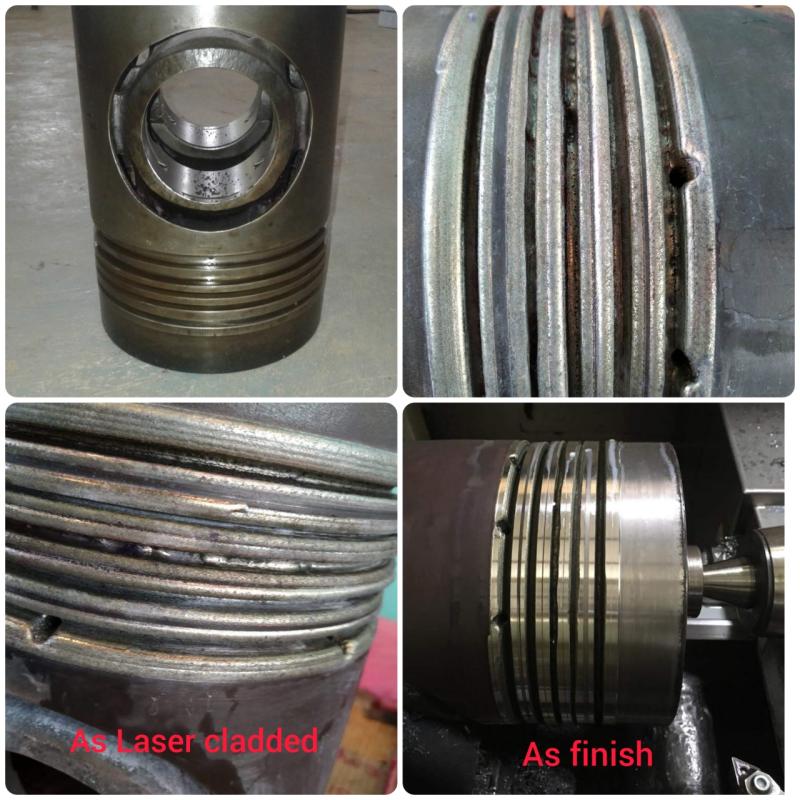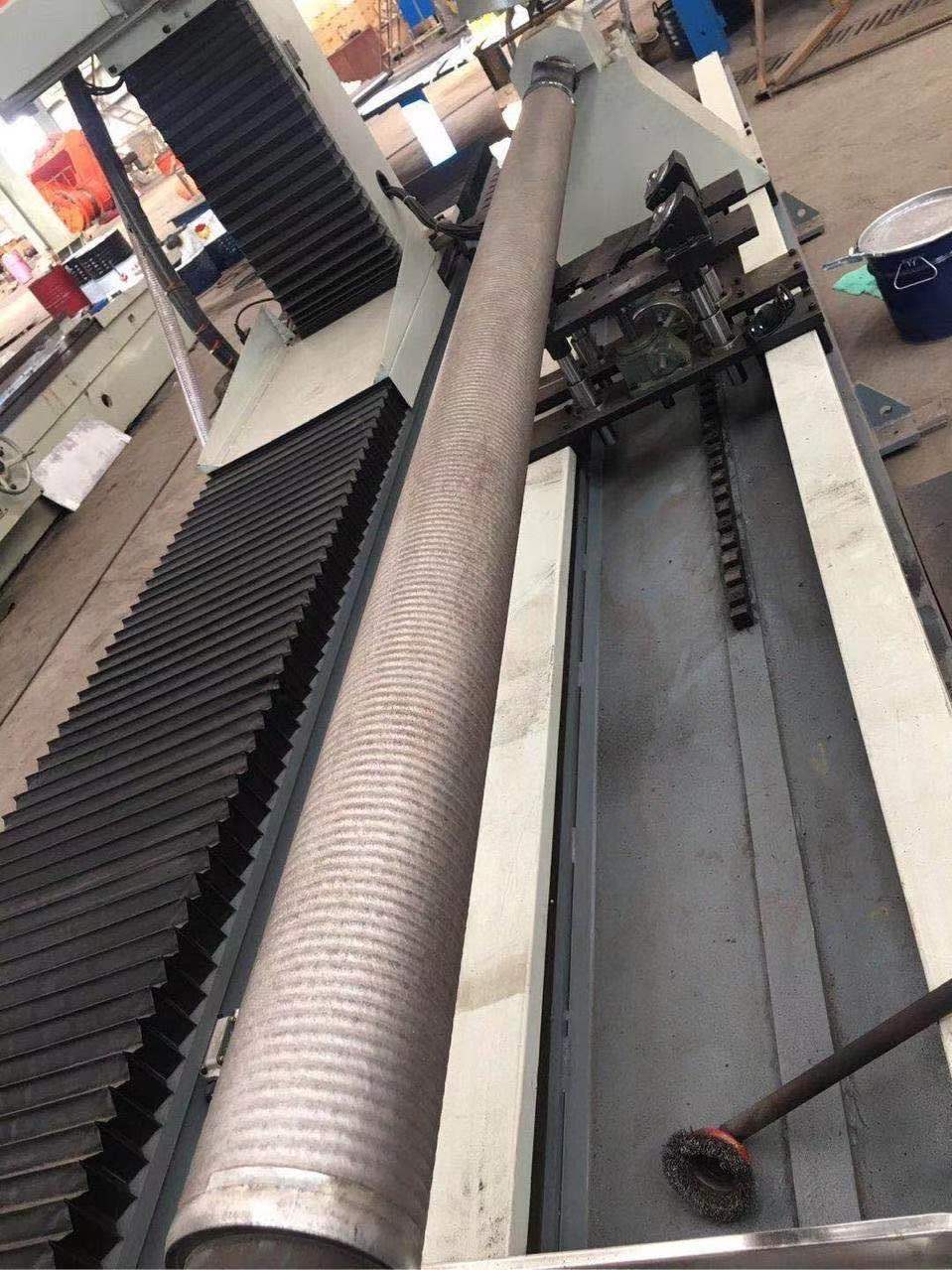Peking University developed a high temperature stability of lithium battery solid polyelectrolyte membrane
Recently, Professor Fan Xinghe and Shen Zhihao, a professor of polymer science and engineering at Peking University, successfully developed a new lithium-ion battery solid polyelectrolyte membrane with high temperature stability, which is expected to break the existing lithium Ion battery solid electrolyte research, industrial structure.
With the dual pressures of energy crisis and environmental protection, the market size of lithium-ion battery has been rapidly expanding. However, there are also some potential safety hazards. There have been reports of dangerous accidents such as cell phones and cars exploding.
Due to its good thermal stability and mechanical strength, solid polyelectrolytes have become the research focus of today's scientists. PEO / lithium salt composite system is a kind of solid polyelectrolyte. Due to its good thermal stability and mechanical strength, solid polyelectrolytes have become the research focus of today's scientists.
In lithium-ion batteries, the current PEO / lithium salt composite system when the temperature rises above 120 ℃, the composite system softened, loss of mechanical strength and support role, lithium-ion battery short circuit. On the other hand, the soft block copolymer is not stable enough at high temperature. Both of these factors make the use temperature of Li-ion batteries below 150 ℃.
Based on the above considerations, Professor Fan Xinghe / Associate Professor Shen Zhihao and his team successfully developed a amphiphilic block copolymer brush with rigid polymer side chains. Due to the larger repulsive force between side chains of the polymer brush, the interaction parameters between the blocks are improved, which facilitates self-assembly of the copolymer brush and improves the stability of the micro-phase separation structure. The PEO-containing polymer brush can maintain the original self-assembled structure at high temperature, which is beneficial to improve the stability of the polyelectrolyte.
The lithium salt composite system of the amphiphilic block copolymer brush with the rigid polymer side chain has high ionic conductivity at high temperature and is expected to solve the problems such as the potential safety hazard of the lithium ion battery used in the market at present and can be greatly improved Battery safety, used in rockets, satellites or aircraft need to withstand high temperature applications such as high temperature lithium-ion battery.
The results showed that lithium ion conductivity of lithium ion batteries prepared by amphiphilic block copolymer brush with rigid side chains increased with increasing temperature. The ionic conductivity at 200 ℃ was 1.58 × 10-3 S / cm. It has reached the highest level of ionic conductivity of PEO-containing solid polyelectrolytes reported in the literature. It can be applied to solid polyelectrolytes in high-temperature lithium-ion batteries. The research results have great industrialization prospects, and is expected to change the existing lithium ion battery industry pattern.
The research has been funded by the National Natural Science Foundation of China and other key projects.
Nickel Based Laser Cladding Powder
Ni base alloy powder is mainly made of NiCrBSi or NiBSi. Ni-based self-fluxing powder has good wettability, corrosion resistance and high temperature self-lubricating effect, and is used in components with heat resistance, corrosion resistance and thermal fatigue resistance. In general Ni35,Ni45,Ni60 etc can be used for laser cladding, the No means hardness of powder. Inconel 625 and 718 has good corrosion property under higher temperature, also widely used for laser cladding process.
Cobalt based Laser Cladding Powder
Cobalt-based alloy powder is the cemented carbide resistant to various types of wear and corrosion as well as high temperature oxidation. That is, the so-called cobalt-chromium-tungsten (molybdenum) alloy or Stellite alloy cobalt-based alloy is mainly composed of cobalt, containing a considerable amount of nickel, chromium, tungsten and a small amount of molybdenum, niobium, tantalum, titanium, Alloying elements such as lanthanum, and occasionally a class of alloys containing iron.
Co-based self-fluxing alloys have good high temperature performance and wear resistance and corrosion resistance, and are used in petrochemical power, metallurgy and other industrial fields where they are wear-resistant, corrosion-resistant and high-temperature resistant.

Iron based Laser Cladding Powder
The work pieces required for laser cladding and manufacturing in the actual industry are mainly carbon steel and cast steel. The Fe-based alloy is close to the base material in composition and has good wettability. The advantage of Fe base powder is lower cost and good wear resistant of cladding layer. As a result, it`s the most widely used for laser cladding process. It is suitable for parts that require local wear resistance and are easily deformed.

WC blended Laser Cladding Powder
Tungsten carbide blended with Ni alloy powder is the best choice for wear resistant work piece. This unique process can bring excellent wear, corrosion and high temperature resistant. Our blend powder can achieve different portion of WC from 35% to 60% without crack under suitable cladding parameter.

Iron Alloy Powder,Nickel Alloy Powder,Cobalt Alloy Powder,Laser Cladding Powder
Luoyang Golden Egret Geotools Co., Ltd , https://www.xtclasercladding.com